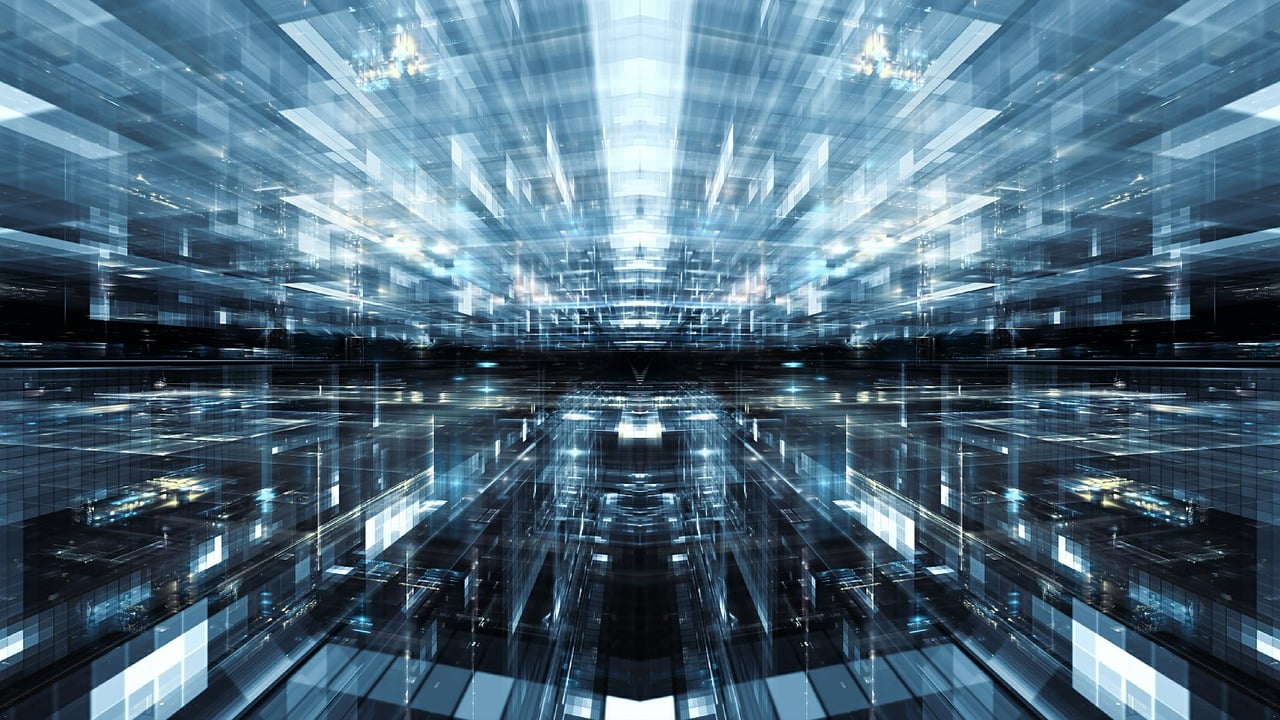Simplifying Your Workflow with Database Software and Freepik Premium Downloader
 Database software is one of the most useful tools for organizing and managing large amounts of information. Whether you are a business owner, student, or data enthusiast, this type of software and Freepik premium downloader, allow you to store, edit, and retrieve data in an orderly way. Imagine trying to handle thousands of customer records or product lists manually—it would take hours and increase the risk of errors. With a good database program, you can automate much of that work and make your data easy to access.
Database software is one of the most useful tools for organizing and managing large amounts of information. Whether you are a business owner, student, or data enthusiast, this type of software and Freepik premium downloader, allow you to store, edit, and retrieve data in an orderly way. Imagine trying to handle thousands of customer records or product lists manually—it would take hours and increase the risk of errors. With a good database program, you can automate much of that work and make your data easy to access.
Popular examples include MySQL, Microsoft Access, and Oracle Database. These systems let users handle everything from small-scale lists to enterprise-level operations. Many are designed with user-friendly interfaces that even non-technical users can navigate. Most importantly, they ensure accuracy and security, two essential elements when dealing with sensitive or business-critical information.
Database software can also integrate with other tools such as customer management systems, accounting software, or analytics platforms. This means your business can run smoother by connecting all your information in one place. It simplifies tasks like inventory updates, customer tracking, and report generation—saving both time and effort.
The Role of Database Software in Everyday Use
While businesses rely heavily on databases, they are not just for big corporations. Students use them to manage research data, freelancers to track clients, and even small shop owners to keep their product catalogs organized. A small restaurant, for example, can use a simple database to record daily sales, manage ingredients, and monitor expenses. The data stored can then be used to identify trends, like which meals are most popular or when sales peak during the week.
Cloud-based databases have made this process even easier. You can now store your information online and access it from any device. This not only improves flexibility but also ensures that your data is backed up and protected. Tools like Google Cloud SQL and Airtable make collaboration simple, allowing multiple users to update and view information in real-time.
Moreover, modern database systems often come with built-in analytics tools. These features help you visualize your data through charts and dashboards, turning raw information into clear insights. Whether you are running a marketing campaign or monitoring website traffic, database software helps you make informed decisions based on accurate data.
Introducing Freepik Premium Downloader
Now let’s shift to something more creative—Freepik Premium Downloader. For designers, marketers, and students who often need visual assets, Freepik is a go-to resource. It offers millions of vectors, photos, and templates for personal and commercial use. However, downloading Freepik Premium assets usually requires a subscription. A Freepik Premium Downloader tool helps users download these resources quickly and easily, especially if they already have a paid account.
This tool is useful for people who want to organize their creative resources efficiently. Instead of browsing through pages every time you need a new icon or template, a downloader can help you collect and store them in one place. It ensures you always have access to professional-quality visuals that can enhance your presentations, websites, or marketing materials.
Graphic designers, for example, can use this tool to save time when preparing design projects for clients. Content creators can download social media templates in bulk. Even educators can gather infographics and visuals to make lessons more engaging. The Freepik Premium Downloader streamlines the process, allowing users to focus more on creativity rather than repetitive searching and downloading.
How Database Software and Freepik Premium Downloader Work Together
At first glance, these two tools may seem unrelated, but they can complement each other well. If you are running a digital marketing or design agency, database software can help you manage client data, project timelines, and resource files. Meanwhile, Freepik Premium Downloader ensures that your creative assets are always within reach. By combining both, you can create a smoother workflow.
For example, your database could store all client project details—logo styles, preferred colors, and deadlines. At the same time, the Freepik Downloader helps you quickly gather design elements that fit each project. Together, they create a system that saves hours of manual searching and data entry.
Teachers or students working on research projects can benefit in a similar way. They can use database software to record study materials and sources, then use Freepik visuals to make reports visually appealing. This combination of organization and creativity enhances productivity in both professional and academic settings.


